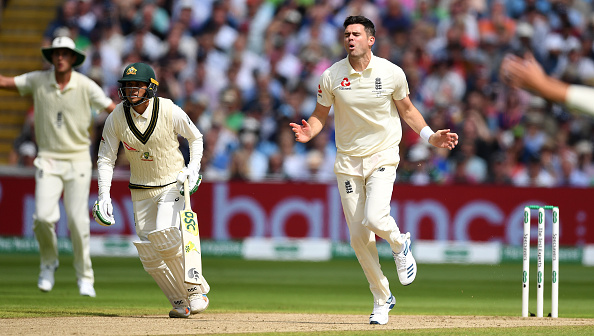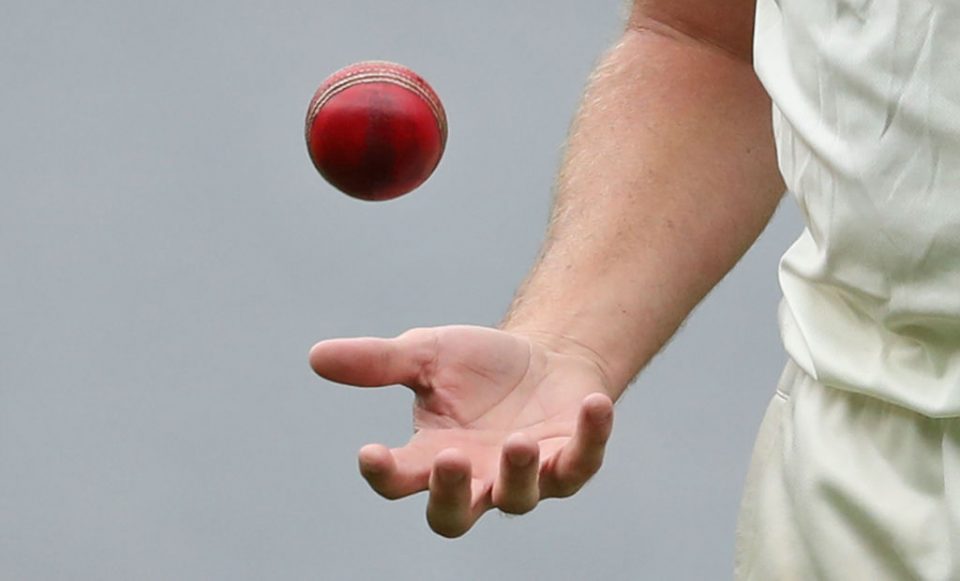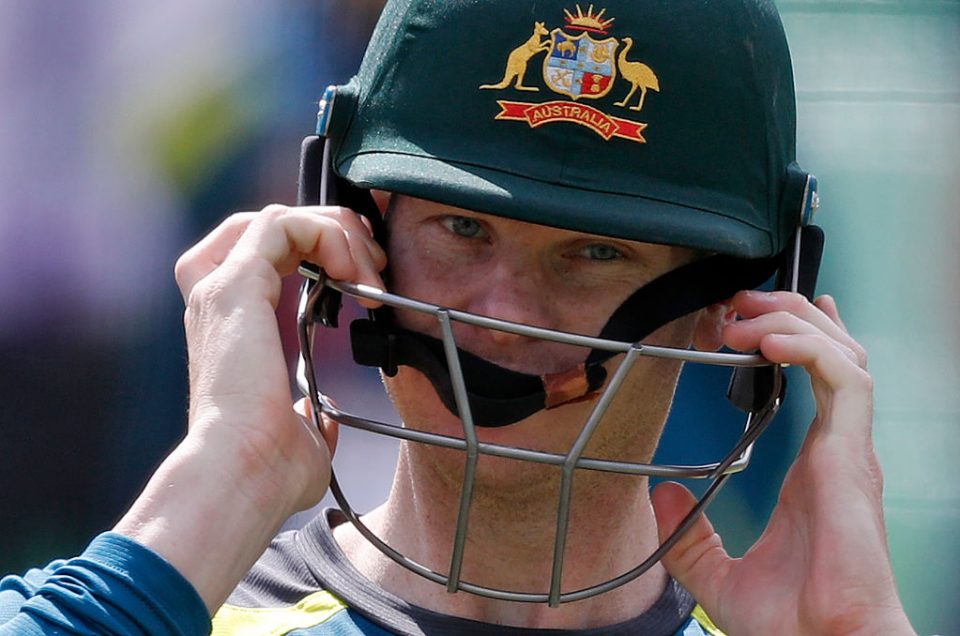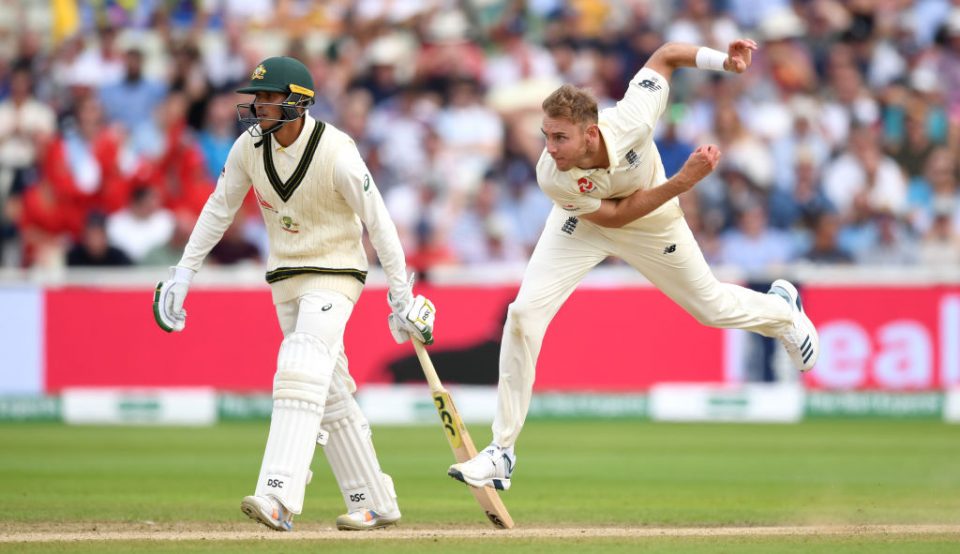Hazards of the Dukes: Why England cannot rely on the mysterious commodity of swing to win the Ashes

It’s a mystical, erratic but vital element of Test cricket.
Batsmen hate it. Pace bowlers thrive on it. Swing is the backbone of the contest between bat and ball – a sought-after, match-winning commodity which flits in and out of existence throughout the ebbs and flows of a game.
And yet it remains largely misunderstood. Shine the ball on one side for long enough, bowl with sufficient skill on a conducive pitch and with the perfect overhead conditions and magic can happen. The dark red sphere of leather will change direction right under the batsman’s eye, induce edges and send stumps flying.
Read more: Chris Tremlett: Why Jofra Archer can be the man to dismiss Steve Smith
But sometimes no matter how hard you try without resorting to foul play – sandpaper, mints and other such outlawed tactics – the conventional methods involving saliva and textbook wrist positions, even when coupled with all the other intricacies, simply won’t make the ball swing.
That was largely the case at Edgbaston earlier this month when England kicked off their home Ashes series against Australia. There were patches of movement, but nothing extravagant — nothing like the previous summer against India, and nothing like England had hoped for.

Swing bowling master Jimmy Anderson succumbed to a calf injury after four overs. The hosts could not oust Steve Smith and the first Test was lost by a margin of 251 runs.
All of that was despite England supposedly having what was some quarters dubbed “the secret weapon that could decide the Ashes series”.
Secret weapon
The story went like this: after their 4-1 Test series win over India in the summer of 2018 the England management asked ball manufacturer Dukes to make another batch to the same specifications, hoping to again accentuate swing and play to the strengths of the hosts.
Dukes did indeed make to order some 600 balls for the Ashes campaign, but in the first Test it was seam movement, not swing, which was more prominent.
Smith’s otherworldly performance, a lack of exaggerated movement, an early injury to Anderson, a strong performance from Australia’s seamers, and Nathan Lyon’s off-spin came together to decide the contest at Edgbaston.

But, in trying to make sense of what they’d seen, some drew conclusions about the equipment – much to the annoyance of one man who perhaps knows more about cricket balls than anyone else.
Dilip Jajodia, managing director of British Cricket Balls Ltd, which hand-makes the Dukes ball at their Walthamstow factory, has been frustrated with some of the commentary around his product.
“The concept is that you have a ball that is fit for purpose – that it has the rudiments that are required: a good shape, a good seam, a surface which can be polished,” he tells City A.M.

“Then you have the pitch and the weather conditions. Then the most important thing of all: the bowler’s skills and form.
“The best swing bowler in the world sometimes can’t swing the ball. These things happen. If it were that controllable nobody would go and watch cricket would they? This is the naivety of it all.”
No exact science
Jajodia says there has been “disinformation” about the return of the “2018” batch of balls.
“We don’t suddenly make a new ball in 2019,” he says. “It’s the same ball and obviously balls vary according to the raw materials. They can’t be 100 per cent the same.
“For whatever reason, last year even though the weather conditions were not really conducive to swing, it swung a lot. If there was an exact science then one team, or one company, would be sitting on the beach.”
Another talking point at Edgbaston was both sides continually pestering the umpires to change the ball once it had lost its shine in the middle overs. Bowlers were frequently seen complaining about the shape of the ball in an attempt to get it changed.

“All this stuff, people have to take it with a pinch of salt,” Jajodia adds. “The balls are perfectly adequate. They have to deteriorate over 80 overs – that’s what cricket is about. When you get to 80 overs you get a new one. You can’t come along in the 63rd over and say: ‘The ball is a bit old, I want a new one’. The umpires have got to be firm and say no.”
With the second Test beginning at Lord’s – traditionally a swing-friendly venue – tomorrow morning there is unlikely to be a break from this discussion. But that won’t stop Jajodia, who will be behind the bowlers’ arm for the first ball, from setting the record straight.
“We provide all the aerodynamics that are right for swing, but I cannot guarantee that on any particular day, that any particular bowler will be able to run up and swing it,” he concludes. “That’s got to be understood.”
Main image credit: Getty Images